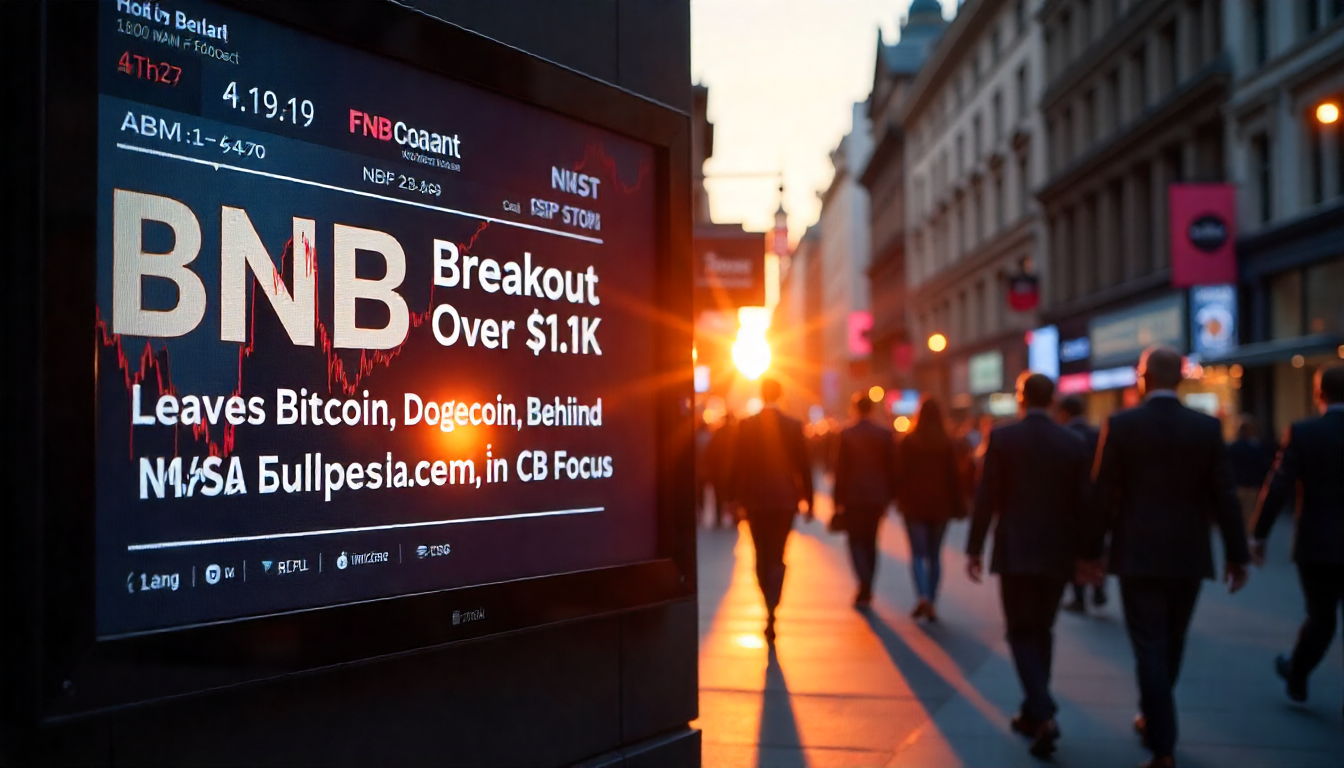On Wednesday, December 18, markets experienced significant turmoil following the Federal Reserve’s 25 basis point rate cut and a hawkish stance from Chairman Jerome Powell, resulting in widespread fear and uncertainty.
Bitcoin (BTC) briefly fell below $100,000, U.S. equities dropped by nearly 3%, and the dollar index (DXY) surged to a two-year peak of 108, putting additional strain on global currencies. The most notable market reaction came from the CBOE Volatility Index (VIX), which spiked by 74%, marking its second-largest one-day surge in history. This jump was the most significant since February 5, 2018, and highlights the growing market fear and expectations of heightened volatility.
Historically, sharp increases in the VIX have often been a precursor to local bottoms for both Bitcoin and the S&P 500. On February 5, 2018, the VIX soared 116%, while Bitcoin plummeted 16% to $6,891, which later turned out to be a local bottom. By February 20, Bitcoin had rebounded to over $11,000.
The December 18 spike of 74% in the VIX ranks as the second-largest in history, with the third-largest occurring on August 5, 2024, when the VIX surged 65% during the Yen carry trade unwind. On that day, Bitcoin dropped 6% to around $54,000 before bouncing back to over $64,000 by August 23.
Similar patterns have been observed in the S&P 500, as historically, sharp VIX spikes tend to indicate market bottoms, according to data shared by Charlie Bilello, chief market strategist at Creative Planning.
As of press time, Bitcoin had regained some ground, trading above $102,000, while S&P 500 futures were pointing to a positive open with a 0.37% increase. Could the historical trend repeat itself? Only time will tell.
Share this content:




